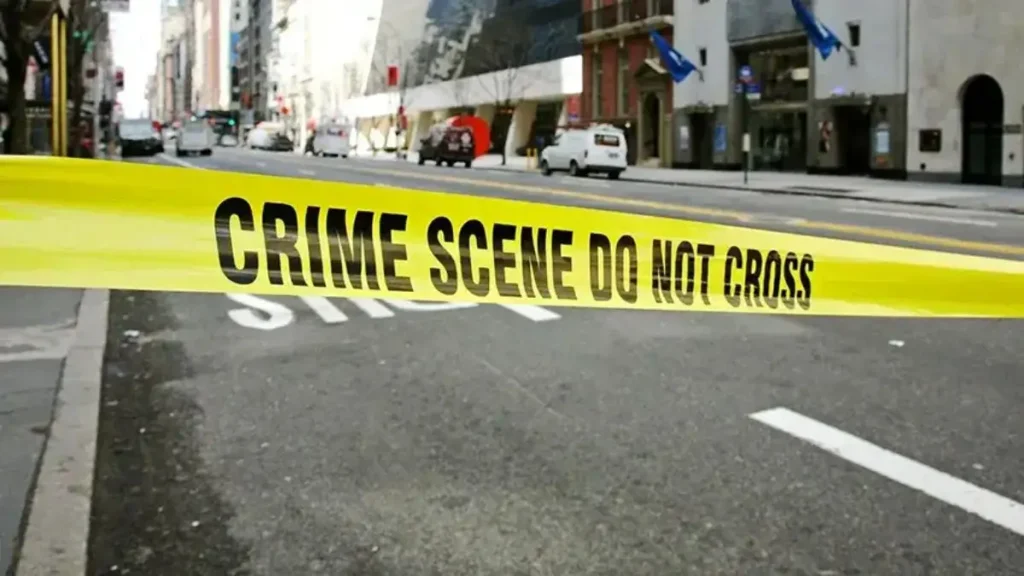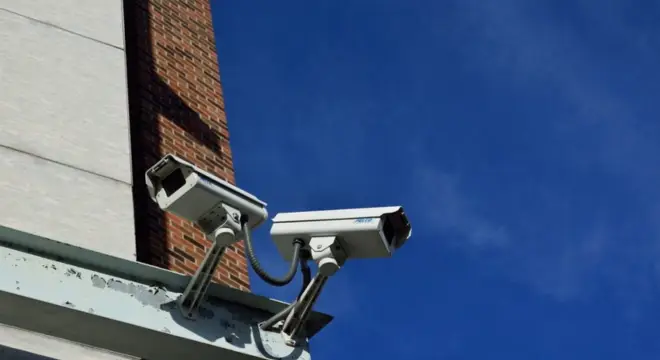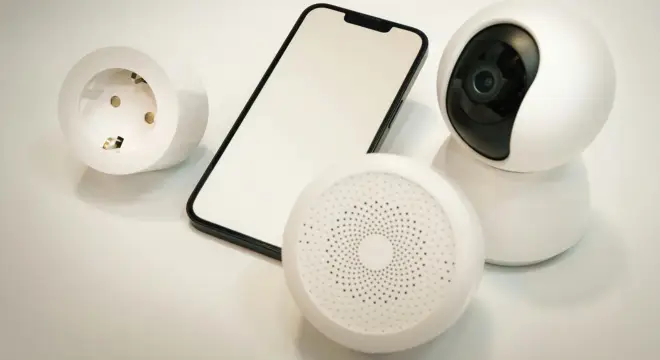NBA Player Shai Gilgeous-Alexander’s Home Burglarized, Investigation Underway
When I first read that Shai Gilgeous-Alexander’s home had been burglarized, it hit differently. Not because it’s another “celebrity crime story,” but because it happened while he was doing what he does best — playing in an NBA game.
Around 7:45 p.m. Thursday night, police in Nichols Hills, an upscale neighborhood outside Oklahoma City, got a call about a break-in at a house reportedly owned by the reigning MVP. By the time officers arrived, the suspects were gone.
There’s something unsettling about that timing — a man out on the court, in front of thousands, completely unaware that someone might be rummaging through his personal space miles away. Thankfully, no one was home. Police later said there’s “no reason to believe the public is in any danger,” though they’ve promised extra patrols in the area, especially with Halloween weekend approaching.
If you’ve followed recent athlete burglaries — from Patrick Mahomes to Joe Burrow — you can’t help but notice the pattern. Homes targeted when players are away, often during live games. That’s not a coincidence; it’s organized, and it’s escalating.
As someone who’s been writing and analyzing stories like this for years, I can tell you this isn’t just about stolen items — it’s about how visible success can quietly invite risk. Fame brings attention, but it also brings exposure, and burglars are learning how to use that to their advantage.
What’s your take — do you think athletes should go public about their security upgrades, or would that just make them bigger targets?
Who Shai Gilgeous-Alexander Is — and Why His Home Was a Prime Target
If you follow basketball, you already know Shai Gilgeous-Alexander isn’t just another star — he’s the face of Oklahoma City Thunder right now. The reigning NBA MVP, 26 years old, calm on the court but unmissable in the league. And that visibility comes with a cost.
According to ABC News, the break-in happened around 7:45 p.m. while he was out playing against the Washington Wizards. The house sits in Nichols Hills, one of Oklahoma City’s most exclusive suburbs. Empty, well-known, and high-value — that’s the kind of setup professional thieves look for.
Over the past few years, SGA has become a global brand — not just a player. He’s front-row at fashion shows, featured in Nike campaigns, and recently became a new father. His success is well-documented online: interviews, real-estate pieces, and lifestyle coverage that unintentionally reveal where and how he lives.
When you put all that together — public schedules, televised games, visible wealth — you realize it’s not just a coincidence. For criminals watching patterns, it’s opportunity disguised as fandom.
Police Investigation — What We Know So Far

Right now, police are still piecing things together. USA Today reported that Nichols Hills officers arrived soon after the burglary call, but the suspects were already gone. No arrests have been made, and investigators haven’t said what, if anything, was taken.
Officials stressed that there’s “no reason to believe the public is in danger,” which usually means they think it was a targeted crime, not a random one. The department also said there will be increased patrols in the area — a typical move after a high-profile incident.
From my experience covering these stories, that statement often hides what police are really doing: quietly reviewing camera footage, checking neighborhood security feeds, and looking for similar incidents in nearby cities. Sometimes these cases connect later — weeks down the line — when a stolen luxury watch or collectible shows up for sale somewhere it shouldn’t.
The Bigger Picture — Could This Be Part of a Larger Athlete Burglary Ring?
Here’s where it gets serious. Federal prosecutors earlier this year charged seven members of what they called a “South American theft group.” Their pattern? Breaking into athlete homes while the players were busy — mid-game, on the road, or traveling.
They’re accused of stealing over $2 million worth of valuables from homes belonging to NFL stars Patrick Mahomes, Travis Kelce, and Joe Burrow. The FBI even connected the same group to a Tampa Bay player’s home burglary last October.
Sound familiar? The same timing, same playbook.
Now, there’s no confirmation that Shai’s case is linked — but the resemblance is hard to ignore. Organized groups like this often scout social media, real-estate posts, and live sports schedules. They don’t need insider info — they just need your life to be public.
If that’s the case here, the story stops being local news. It becomes part of a national pattern of targeting elite athletes right when the cameras are on them and their homes are dark.
Nichols Hills — The Quiet Luxury Suburb Turned Crime Scene
Nichols Hills isn’t the kind of place where people expect police lights. It’s quiet, tree-lined, and known for luxury estates, golf courses, and private driveways that stretch like small parks. Locals describe it as “Oklahoma City’s Beverly Hills.”
That’s partly why this burglary rattled so many people. When a superstar’s home gets hit in an area known for security and exclusivity, it shakes the illusion of safety that money often buys. Residents talk; security companies get calls; neighborhood chats light up.
You can feel the ripple — not just fear, but disbelief. It’s the same feeling communities felt after Mahomes’ and Kelce’s homes were hit in Kansas City. For Nichols Hills, this incident is a reminder that even gated streets aren’t invisible anymore.
I’ve been tracking similar local incidents and sharing quick safety updates through a verified WhatsApp news channel where stories like these often surface first — it’s surprising how fast these patterns spread when you follow them in real time.
Why Athlete Homes Keep Getting Targeted?
Here’s the uncomfortable truth: athletes make perfect targets for organized burglars.
Their routines are public — game schedules, travel dates, even post-game dinners. Their homes are easy to research — public property records, real-estate photos, drone shots. And when they’re playing live, everyone knows exactly where they are and for how long.
Add social media to that mix — the posts, the “behind-the-scenes” tours, the location tags — and it becomes a treasure map for thieves.
I’ve spoken to private-security experts who say these break-ins are rarely impulsive. They’re planned. Criminals study flight times, parking habits, and even who picks up deliveries. When they move, it’s quick and quiet — in and out before police lights hit the street.
That’s why you’re seeing a growing push for pro athletes to invest in layered security — motion sensors, live-monitored cameras, and privacy protocols for social posts. One consultant I talked to said bluntly, “The moment you go viral, your home stops being private property — it becomes public knowledge.”
And maybe that’s the lesson for all of us — fame or not. You don’t need millions in endorsements to protect what matters. You just need to stop showing the world when your house is empty.
And it’s not just athletes — similar break-ins have shaken everyday homeowners too, like in a Tennessee burglary case where five suspects were arrested.
Lessons in Home Security From Celebrity Burglaries

When you cover enough of these stories, patterns start to repeat. Different names, different cities — same vulnerabilities.
Athletes and high-profile figures are learning that traditional locks and alarms just don’t cut it anymore. Modern criminals are tech-savvy; they can scan neighborhoods with drones, jam wireless cameras, and use simple social media breadcrumbs to plan a hit.
But there are lessons here for you and me, too. Don’t share your travel plans in real time. Don’t post your location until after you’ve left. Make sure at least one security camera is cloud-backed, not local storage. And if your home system sends alerts, check them — most victims ignored one before realizing too late.
After the Mahomes and Kelce burglaries, some players started employing 24/7 off-duty officers or remote monitoring teams. It’s expensive, but it’s peace of mind. As one Oklahoma-based security expert told me last year, “Burglars don’t care about fame — they care about patterns. Break your pattern, you break their plan.”
You don’t need an NBA contract to learn from that.
Just few days ago, a Connecticut homeowner had to fight off a man who tried to choke him during a break-in — proof that awareness, not just wealth, can be the deciding factor in safety.
What Happens Next?
As of now, police haven’t named any suspects. But based on similar cases, investigators will likely compare the Nichols Hills break-in with that multi-state theft ring already under federal scrutiny. If the method matches — entry points, timing, or vehicle type — the dots might connect fast.
For Shai Gilgeous-Alexander, this is more than a crime report — it’s a reality check. Fame doesn’t buy security, it demands it. We’ll probably see updates soon from the Nichols Hills Police Department or even a formal statement from the Thunder organization once the investigation advances.
If this turns out to be part of that organized network, the FBI could re-enter the picture — and this could evolve into a nationwide conversation about how vulnerable athletes really are when they step off the court.
Until then, the city’s watching. Fans are watching. And for now, everyone’s just grateful the story didn’t end with something worse.
For comparison, see how authorities handled a Minnesota case where one person was found dead after a house fire — different cause, same investigative urgency.
The Broader Takeaway — Fame, Privacy, and the Real Cost of Visibility
The older I get, the more I realize success and safety rarely coexist easily. Fame gives you access — and takes away privacy in return. For someone like Shai, whose life is built around discipline, family, and focus, a burglary like this isn’t about stolen things — it’s about stolen peace.
We often talk about celebrity life as if it’s a fortress of comfort. But moments like this show it’s closer to glass — beautiful, admired, and one crack away from shattering.
Maybe this isn’t just an athlete problem. Maybe it’s about all of us — how much of our lives we hand over to the public without realizing who’s watching.
So here’s a question I’ve been thinking about: If privacy is the last real luxury left, how much of it are you willing to trade for being seen?
If you follow crime and safety updates closely, explore more verified reports and security insights on our main site — Build Like New— where we break down real cases with context that actually helps.
Disclaimer: This article is based on information available from verified news outlets as of publication. Details about the investigation may evolve as new updates emerge. Readers are advised to follow official police or media releases for the latest verified information.


